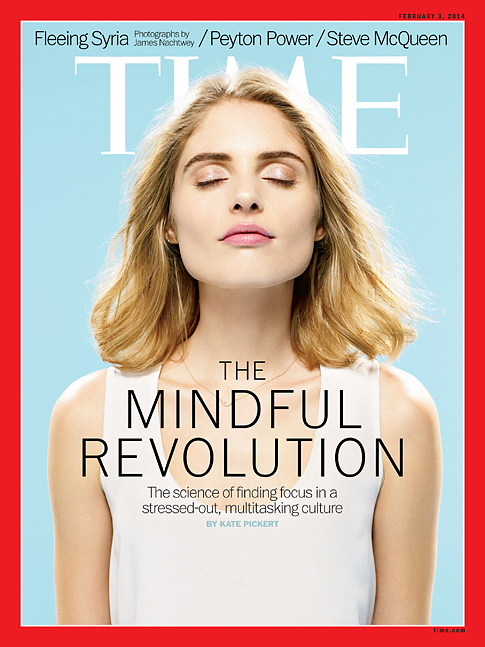
(6 of 8)
"There is a swath of our culture who is not going to listen to someone in monks' robes, but they are paying attention to scientific evidence," says Richard J. Davidson, founder and chair of the Center for Investigating Healthy Minds at the Waisman Center, at the University of Wisconsin at Madison. Davidson and a group of co-authors published a paper in the prestigious Proceedings of the National Academy of Sciences in 2004 that used electroencephalography to show that Buddhist monks who had logged at least 10,000 hours of meditation time had brains with more functional connectivity than novice meditators. The monks also had more gamma-wave activity, indicating high states of consciousness.
Of course, most people will never meditate at the level of a monk. But neuroscientists have shown that even far less experienced meditators may have more capacity for working memory and decreases in mind-wandering.
Many of the studies on mindfulness and meditation have been funded by individual private donors and have not met the highest scientific standards, leading the NIH to declare in 2007 that future research had to be "more rigorous." Perhaps to this end, the NIH has funded some 50 clinical trials in the past five years examining the effects of mindfulness on health, with about half pertaining to Kabat-Zinn's MBSR curriculum alone. The NIH trials completed or now under way include studies on how MBSR affects everything from social-anxiety disorder to the body's immune response to human papilloma virus to cancer-related fatigue. Altogether, in 2003, 52 papers were published in scientific journals on the subject of mindfulness; by 2012, that number had jumped to 477.
MINDFULNESS GOES MAINSTREAM
Tim Ryan, a democratic Congressman from Ohio, is among those pushing to use more federal funds for mindfulness research. Stressed and exhausted, Ryan attended a mindfulness retreat led by Kabat-Zinn in 2008 shortly after the election. Ryan turned over his two BlackBerrys and ended the experience with a 36-hour period of silence. "My mind got so quiet, and I had the experience of my mind and my body actually being in the same place at the same time, synchronized," says Ryan. "I went up to Jon and said, 'Oh, man, we need to study this--get it into our schools, our health care system.'"
In the years since, the Congressman has become a rock star among mindfulness evangelists. His book A Mindful Nation was published in 2012, and Mindful, launched in May 2013, put Ryan on the cover of its second issue after he secured a $1 million federal grant to teach mindfulness in schools in his home district. Ryan has hosted meditation sessions and a mindfulness lecture series on Capitol Hill for House members and their staffs. The effort, says Ryan, is all about "little candles getting lit under the Capitol dome."
Elizabeth Stanley, an associate professor at Georgetown, is trying to do the same for those in uniform. Stanley was an Army intelligence officer deployed to the Balkans in the early 1990s. After she left active duty, Stanley enrolled in a doctoral program at Harvard and pursued an MBA at MIT--at the same time--planning a career studying national-security issues.
